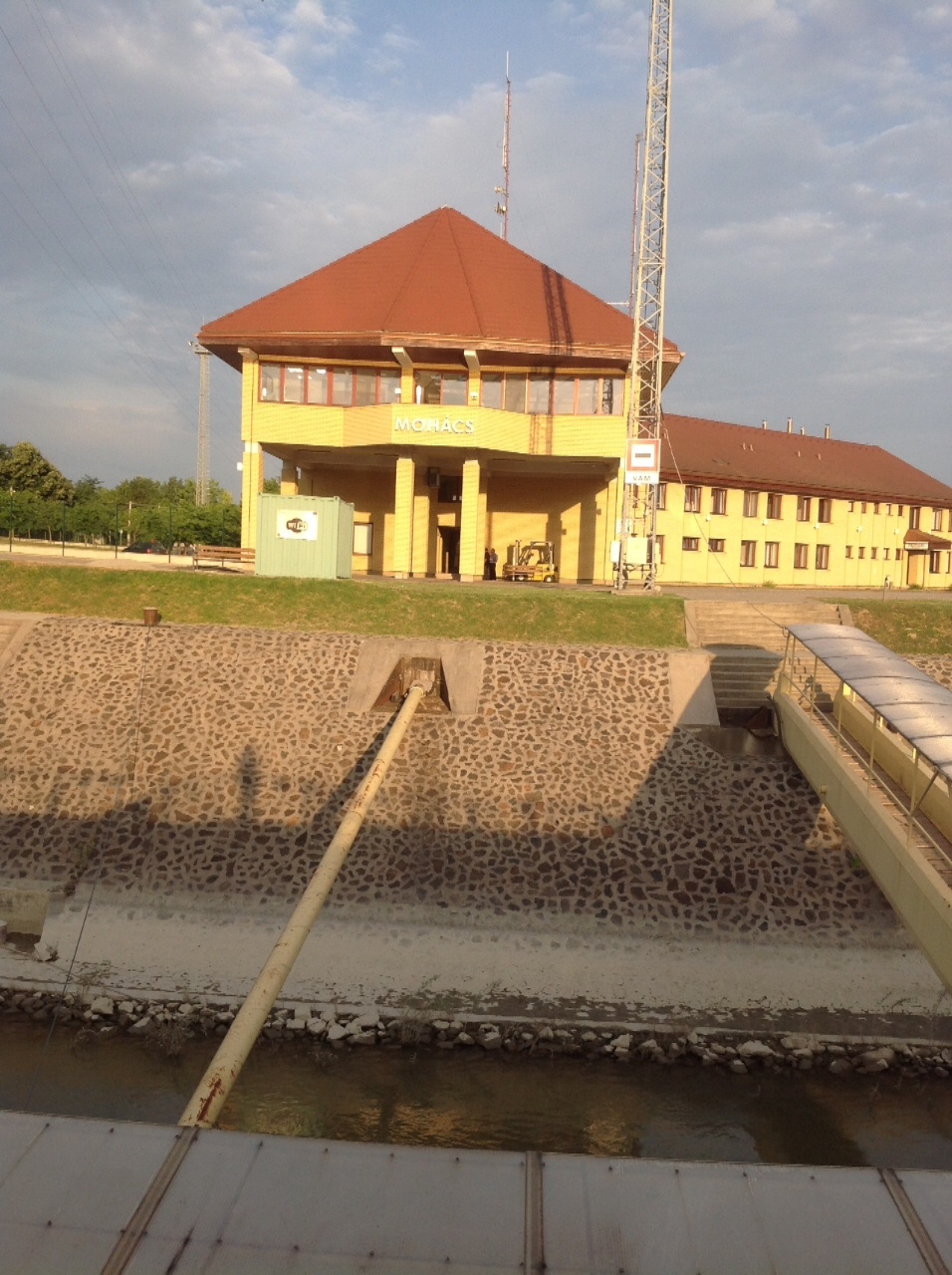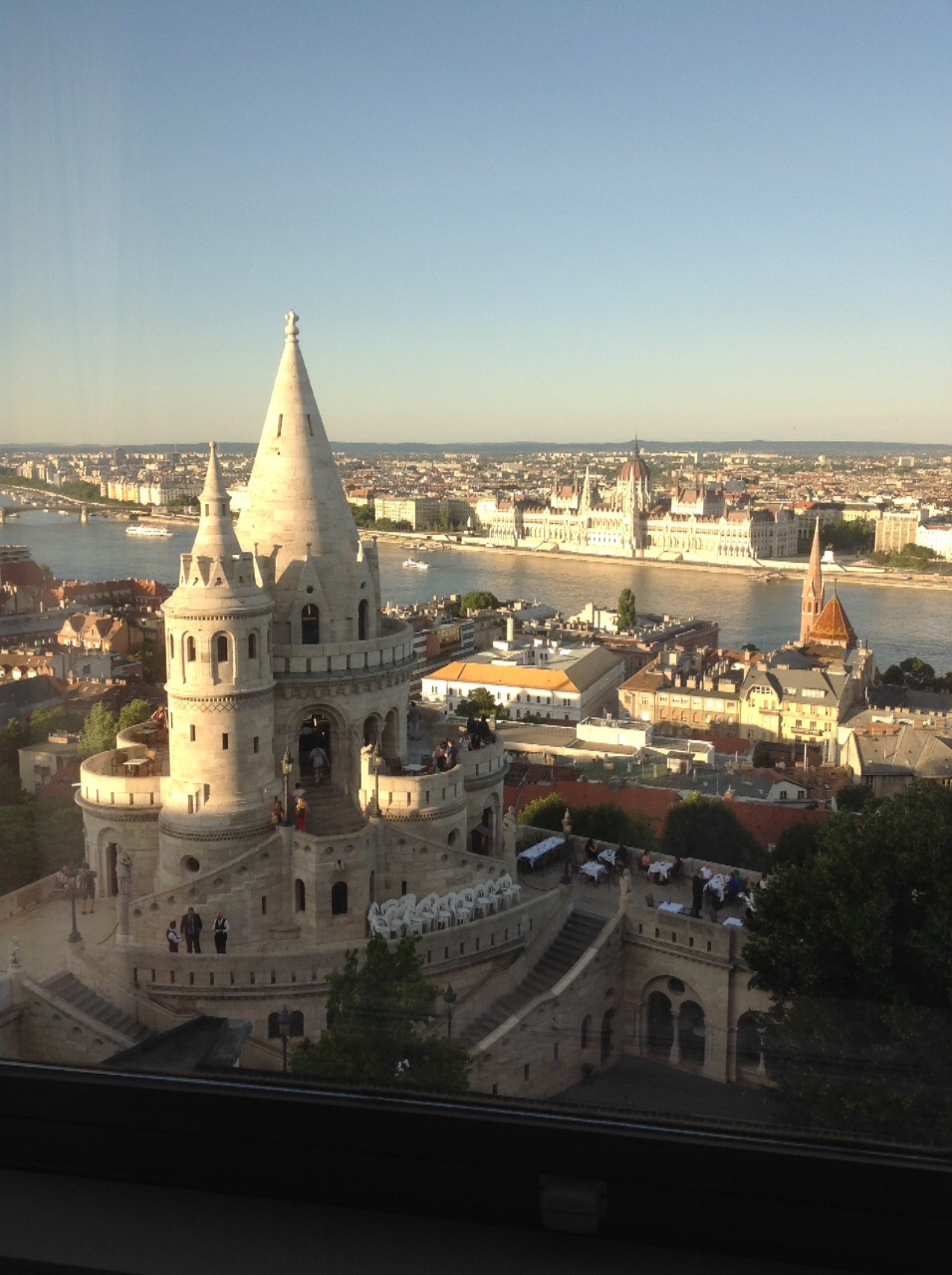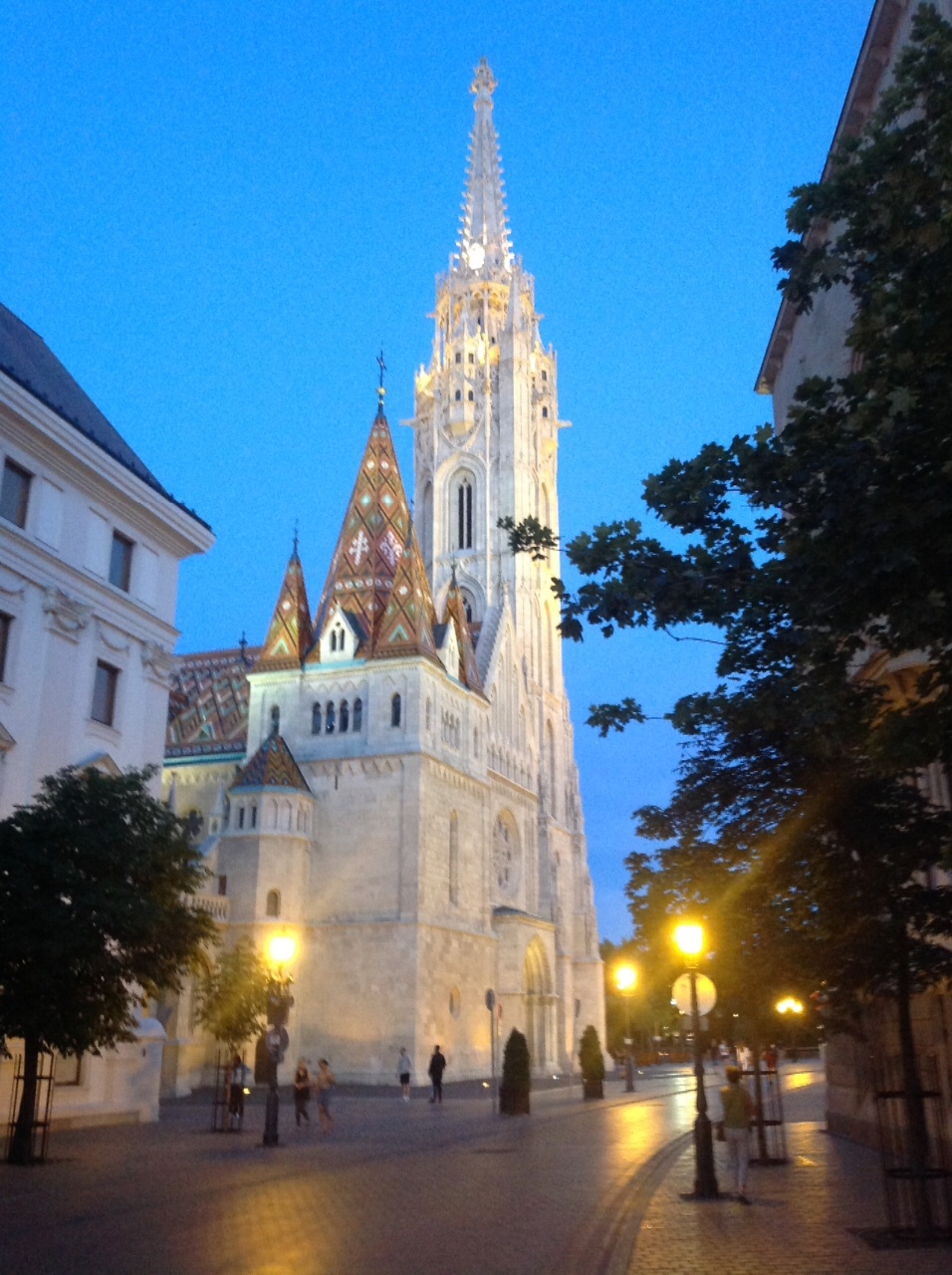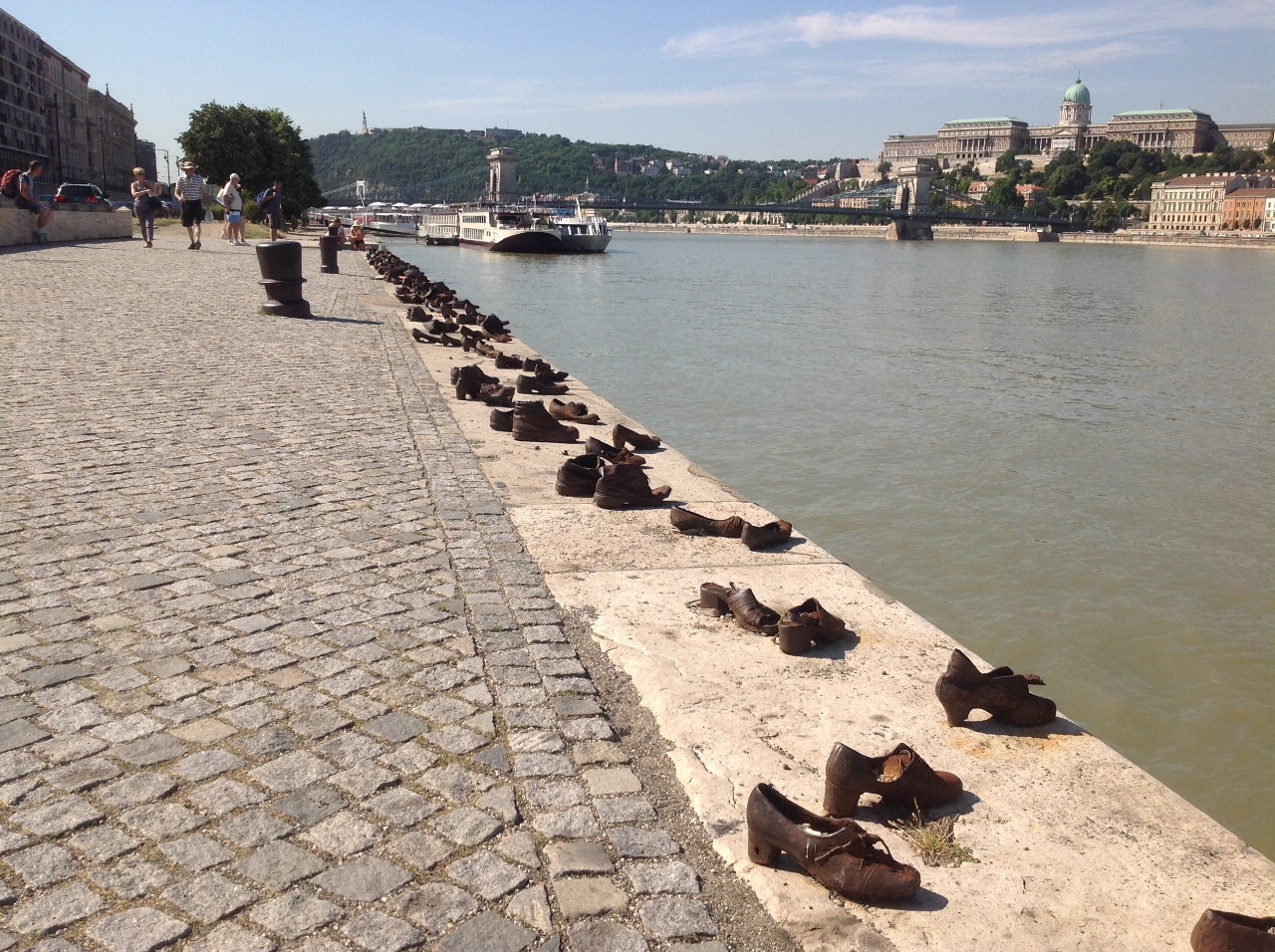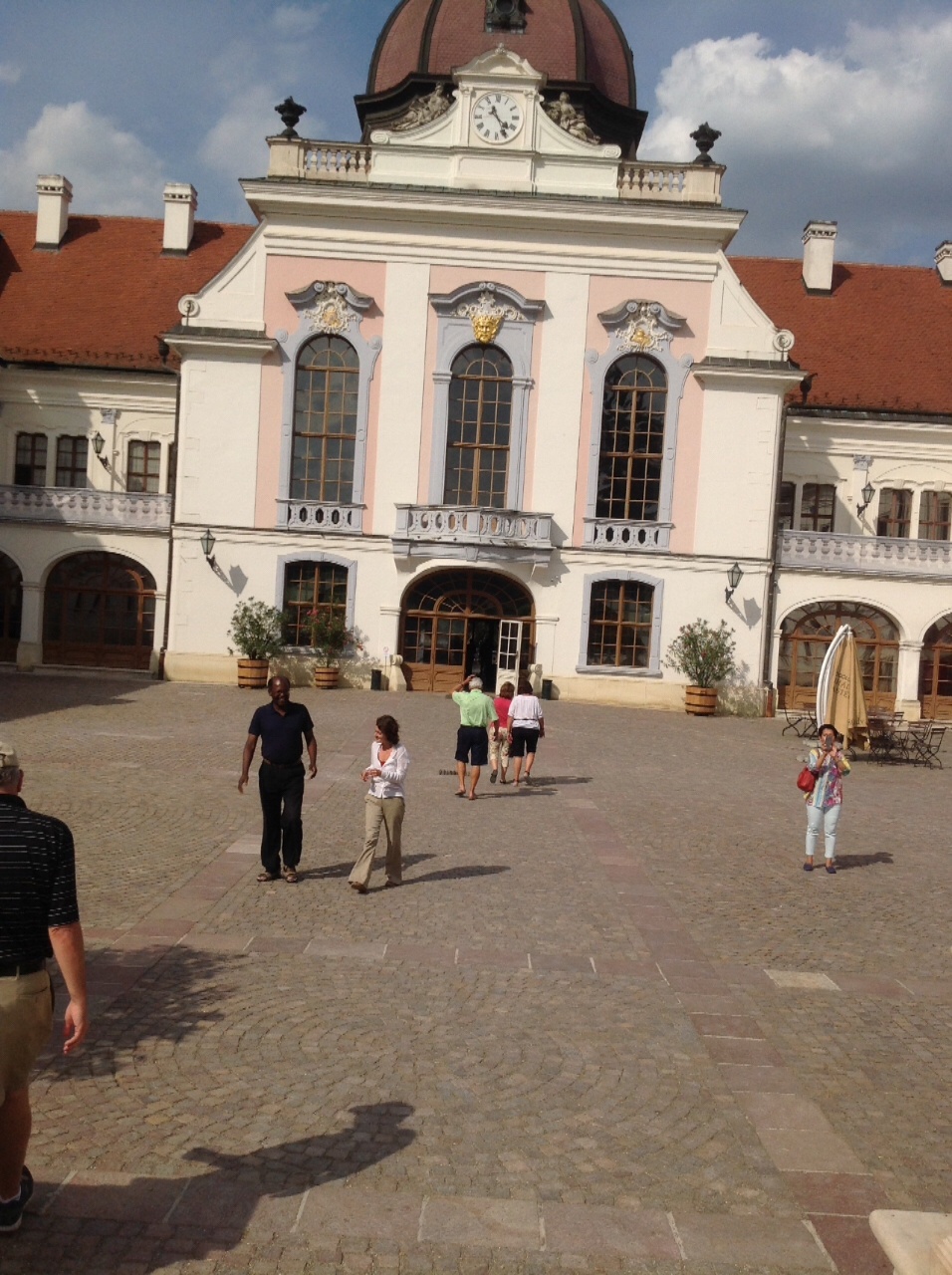Goulash Communism
After the Hungaran uprising in 1956 the Communists under Janos Kadar took reprisals but over time did grant limited freedoms to the people. They had collectivised all farms but we're prepared to lease them back to the owners. The farmers then were required to pay a rent to the government: thus avoiding the famines that followed full scale collectivisation in the Sovviet Union.
none of which justifies the theft of land farmed often by the same families over generations. The land was returned to the private owners after the fall of the Communist tyranny.. Today we we visited what a great example of private enterprise. The area around Kavasca is part of the great Hungarian plain: with the best land used for arable farming the rest for pasture. We visited a tourist attraction involving traditional horse riding skills and mixed farming.
Buda
We ha visited the Mathias Cathedral in 2014 when the exterror was covered in scaffolding. Now the building is pristine and the tiled roof particularly impressive.
Hungary had sought independence from Austria. The chance came in 1848 when the Empire was faced with rebellion in Prague, north Italy and Vienna itself. However a Russian army came to the rescue of rhe Hapsburgs and the Hungarian leaders had to flee. Eventually though he Emperor Franz Joseph , influenced by his wife Elizabeth - Cissie- sought to reach agreement withe Hungarians. Count Andrassy, one of the 1848 leaders, returned from exile and was made Chief Minister. An '1867 Compromise' granted Hungary autonomy but within the Empire. Thus, under the new dual monarchy, the Emperor of Austria became King of Hungary.
Fraz Joseph and Sisie were crowned in the Mathias CathedraL: the latter with the crown of St. Stephen.
The last king. Karl with Zita as his Queen, was crowned in St. Matthias in 1916. Two years later After a lost war, Kal abdicated : thus ending the Hapsburg monarchy.
Sisi
Godollo palace was built by an aristocrat from the court of Empress Maria Theresa. His grandson sold it to the government to pay off gambling depts. it was then presented to Franz Joseph and Elisabeth as a wedding present.
Elizabeth - or Sisi - preferred Godollo to the rigidities of the Hofburg court in Vienna. She influenced Franz Joseph to appoint Count Andrassy as Chief Minister of Hunaary and sign the '1867 Compromise' which set up the dual monarchy. Thereby Hungary gained autonomy within tha Austrian Empire.
Sisi and Franz Joseph had one son Rudolph. He committed suicide together with his mistress Maria Vetsera at Mayerling in 1889. Sisi wore black for the rest of her life: much of it spent travelling around Europe. She was assassinated in Geneva in 1898. She was 61. Hapsburg tragedy did not end there: the next heir to the throne, Franz Ferdinand, was shot dead at Sarajevo in 1914: the proximate cause of the First World War. His successor Kar reigned for two years and abdicated in 1918.
Hungary's dictator Admiral Horthy lived at Godollo. He took his country into the Second World War on the side of Nazi Germany. Hungary opted for the losing side on both world wars and lost territory as a result.
